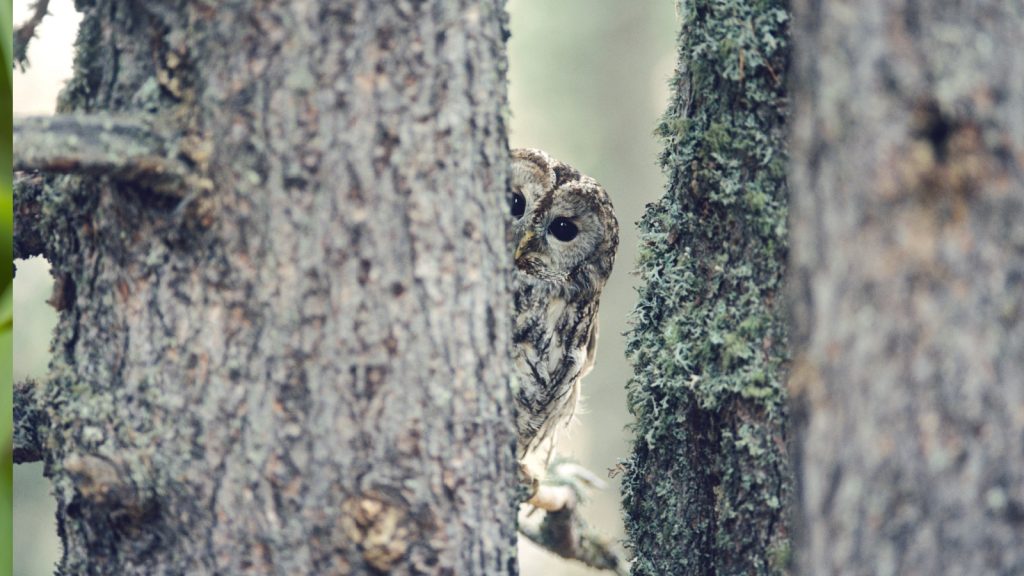Nature has equipped many animals with incredible camouflage abilities, allowing them to blend seamlessly into their surroundings. This remarkable adaptation helps these creatures avoid predators or sneak up on prey. From insects that look exactly like leaves to fish that disappear against coral reefs, the natural world is full of masters of disguise. These 14 creatures whose camouflage skills are so perfect, you might walk right past them without ever knowing they were there.
Leaf-Tailed Gecko
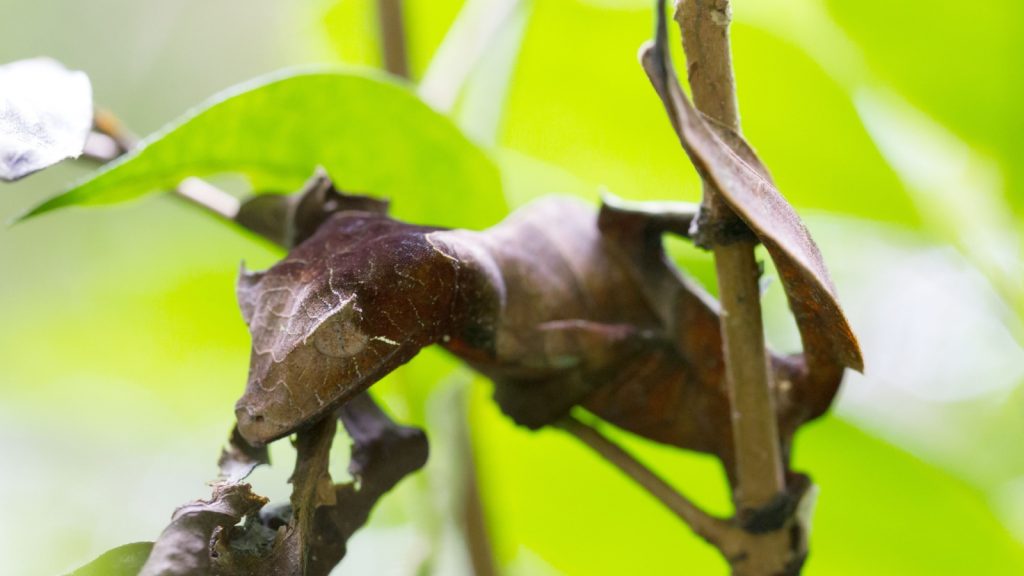
The leaf-tailed gecko of Madagascar is a master of disguise. Its body is flat and leaf-shaped, complete with notches and veins that mimic a dead leaf. When it presses itself against a tree trunk, it becomes virtually invisible. Even its eyes are designed to blend in, with a fringed iris that breaks up the outline of its pupil.
Pygmy Seahorse
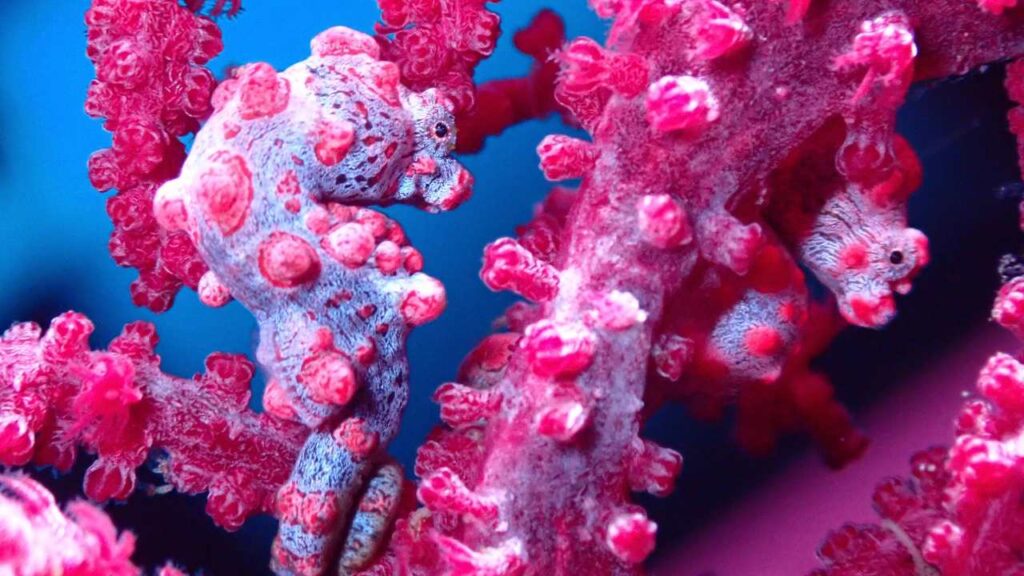
Pygmy seahorses are tiny masters of camouflage, perfectly matching the colors and textures of the coral they live on. Some species are covered in tiny bumps that look just like the polyps of their host coral. They’re so well-disguised that scientists didn’t discover them until the 1960s, even though people had been studying the coral they live on for much longer.
Stick Insect
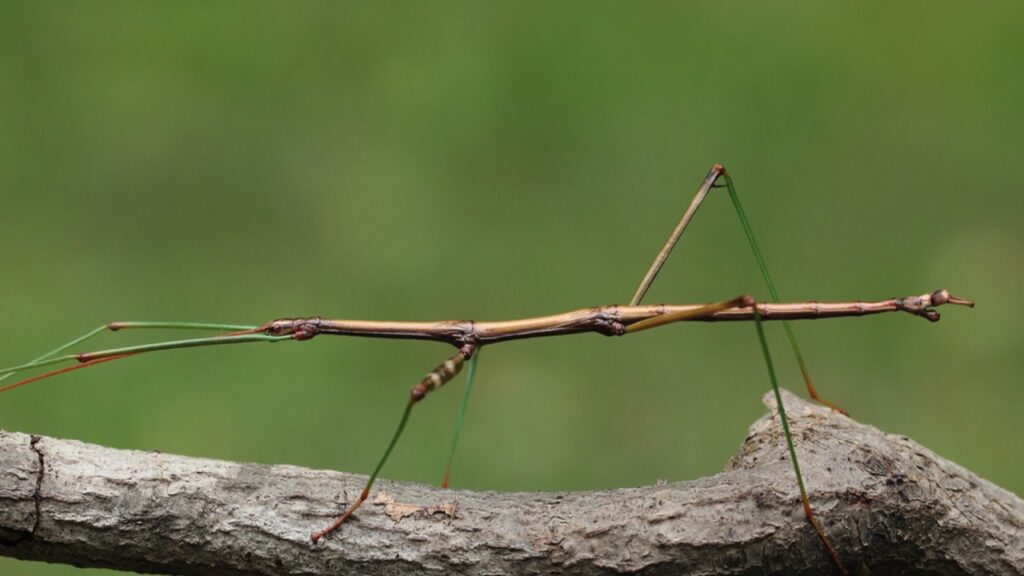
Stick insects, also known as walking sticks, look remarkably like twigs or small branches. Some species even sway back and forth to mimic a twig moving in the breeze. Their camouflage is so effective that they can remain motionless for hours, completely undetected by predators.
Leafy Sea Dragon
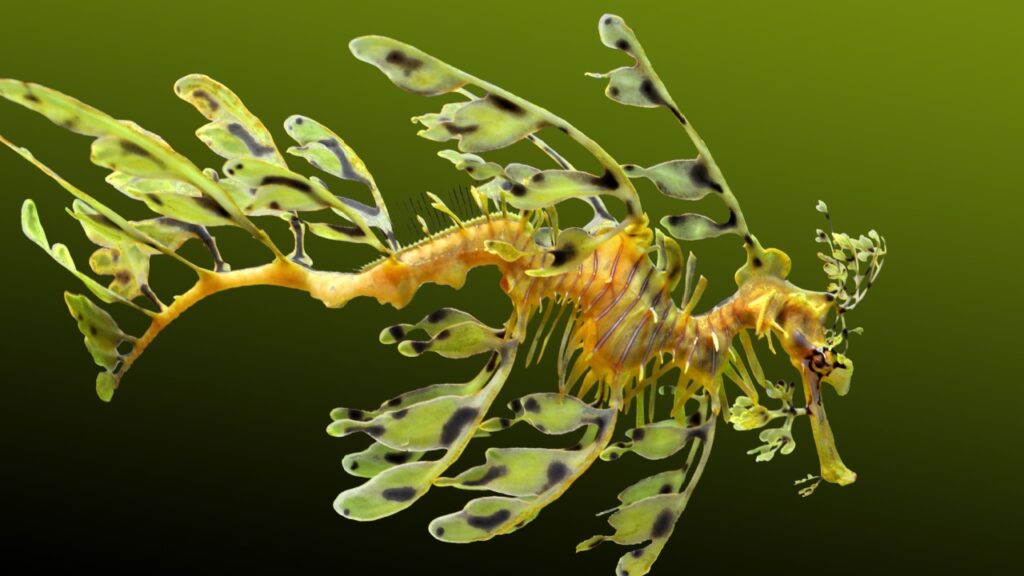
The leafy sea dragon looks like a piece of floating seaweed. Its body is covered in leaf-like appendages that help it blend in with the kelp and seaweed in its ocean habitat. These delicate creatures move slowly through the water, further enhancing their disguise as drifting plant matter.
Arctic Fox

In winter, the Arctic fox’s coat turns pure white to blend in with the snow and ice of its tundra home. As the seasons change, its fur changes too, becoming brown or gray in summer to match the rocky landscape. This seasonal camouflage helps the fox both avoid predators and sneak up on its own prey.
Cuttlefish
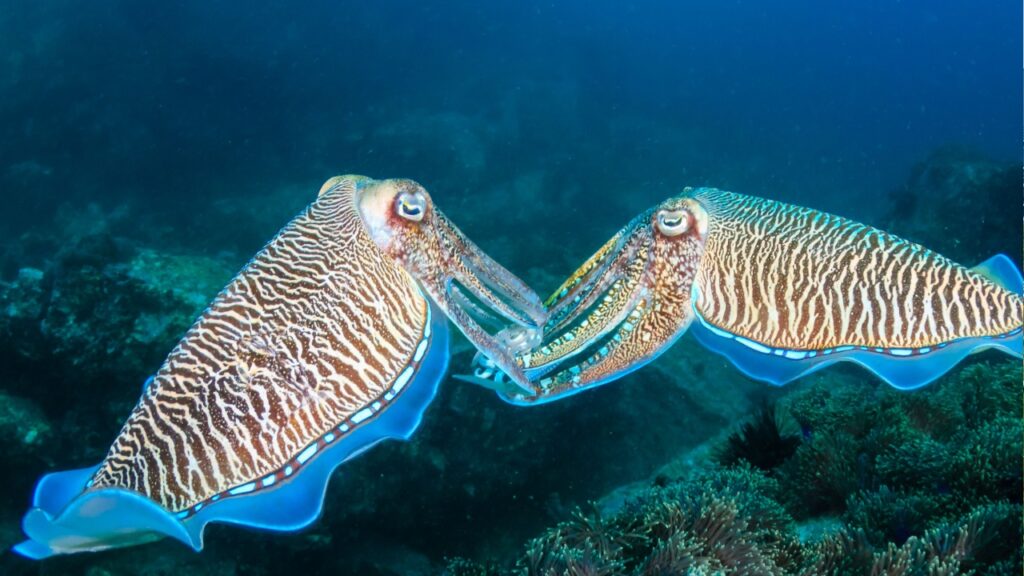
Cuttlefish are masters of rapid camouflage. They can change their color and even the texture of their skin in an instant to match their surroundings. These intelligent cephalopods use specialized cells called chromatophores to create complex patterns and colors, allowing them to disappear against almost any background.
Orchid Mantis
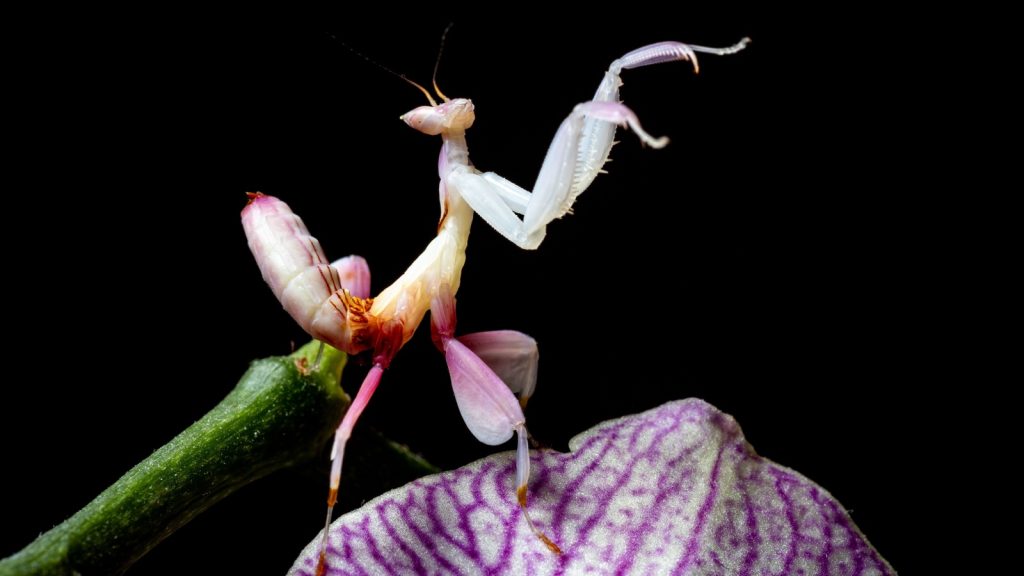
The orchid mantis doesn’t just look like a flower – it looks better than a real flower to insects. Its body is shaped and colored to resemble a beautiful orchid blossom. This clever disguise not only protects it from predators but also lures in unsuspecting insect prey that mistake it for a tasty flower.
Leafcutter Moth
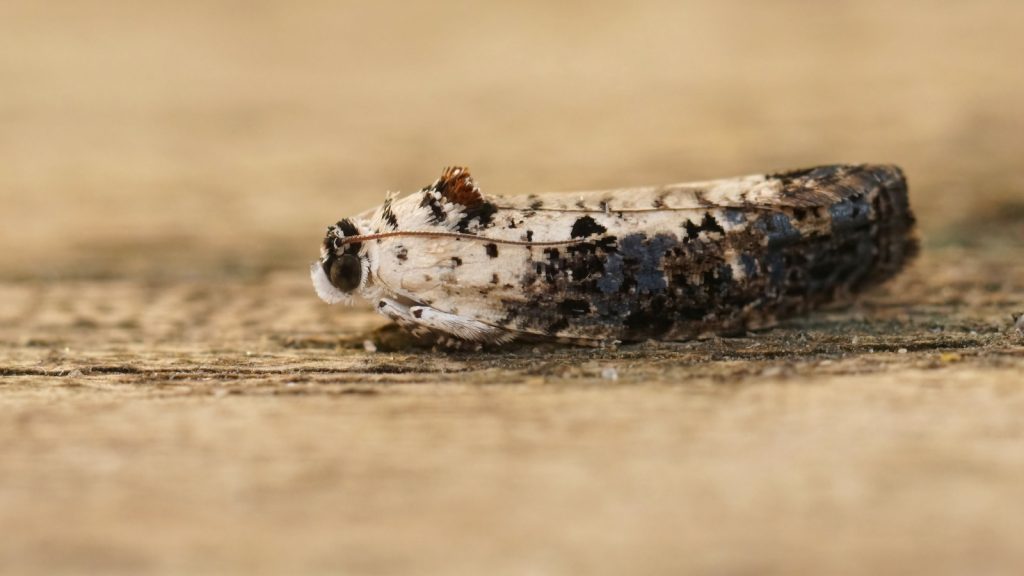
The leafcutter moth’s wings are patterned to look exactly like a leaf with holes eaten through it. When the moth rests on a leaf, it’s nearly impossible to spot. This impressive camouflage protects the moth from birds and other predators that might otherwise see it as an easy meal.
Stone Flounder
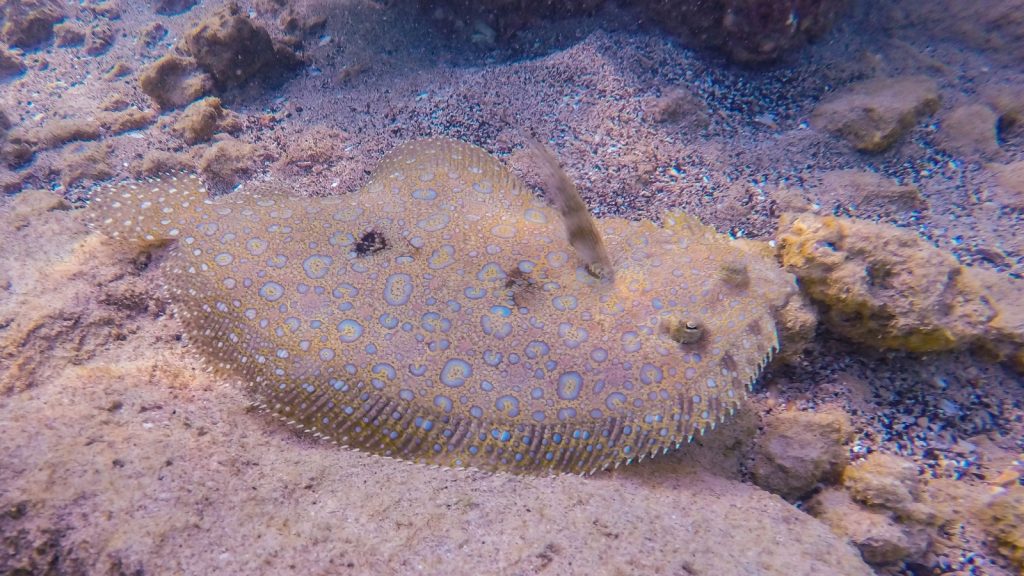
The stone flounder can change its color and pattern to match the ocean floor. It can even reproduce the appearance of complex patterns like a checkerboard if that’s what it’s placed on. This incredible ability allows it to disappear against virtually any background in its underwater habitat.
Mossy Leaf-Tailed Gecko
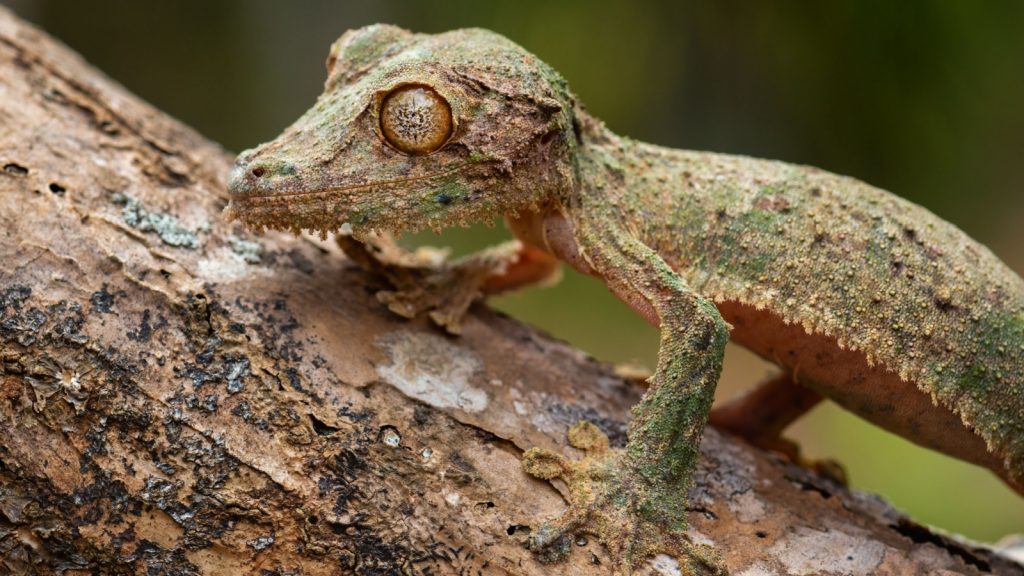
This gecko’s camouflage is so perfect it looks like a piece of tree bark covered in lichen. Its body is mottled gray and brown, with irregular edges that break up its outline. When it presses flat against a tree trunk, even sharp-eyed predators have trouble spotting it.
Katydid

Many katydid species have evolved to look just like leaves. Some are green and shaped like fresh leaves, while others look like brown, dry leaves. They even have markings that resemble leaf veins and discolored spots. This remarkable camouflage helps them avoid becoming a meal for birds and other predators.
Tawny Frogmouth
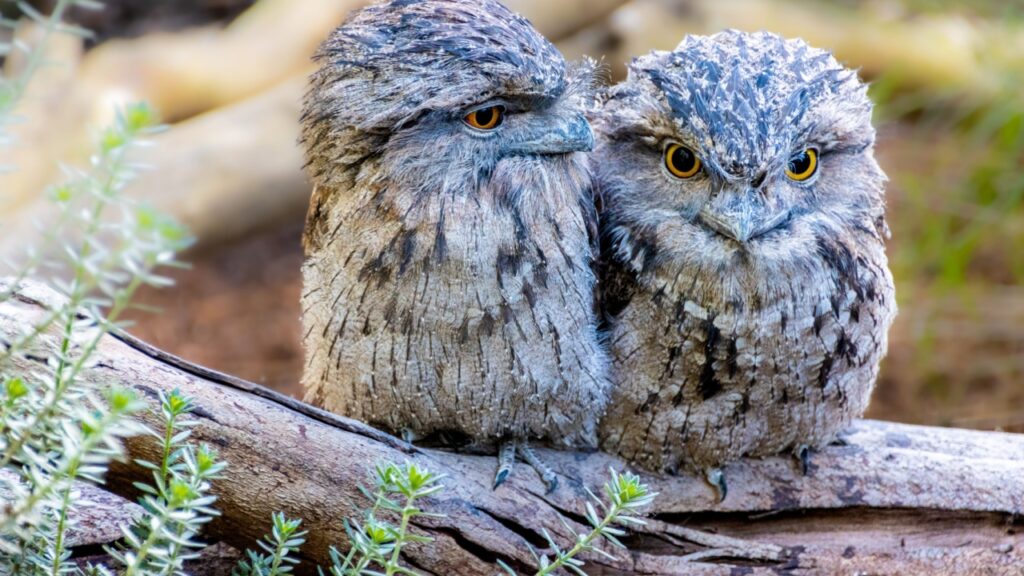
Often mistaken for an owl, the tawny frogmouth is a master of disguise. When it perches upright on a tree branch, it looks almost exactly like a broken tree stump. Its mottled brown and gray feathers blend perfectly with tree bark, making it nearly invisible during the day when it’s resting.
Scorpionfish
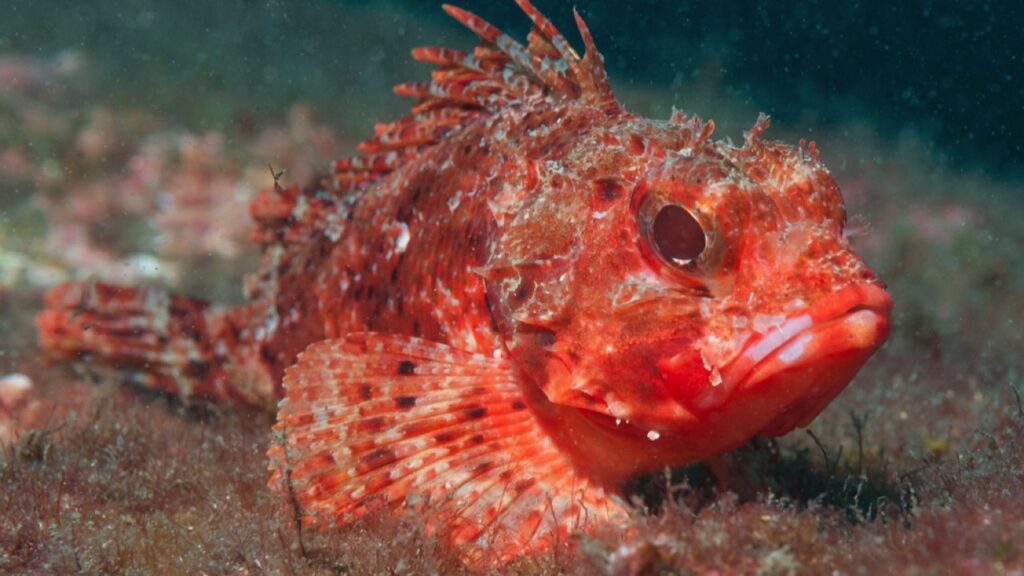
Scorpionfish have evolved to look like coral or rock-encrusted areas of the seafloor. Their bodies are covered in flaps and protrusions that break up their outline, making them virtually invisible as they lie in wait for prey. Some species can even change color to better match their surroundings.
Dead Leaf Butterfly
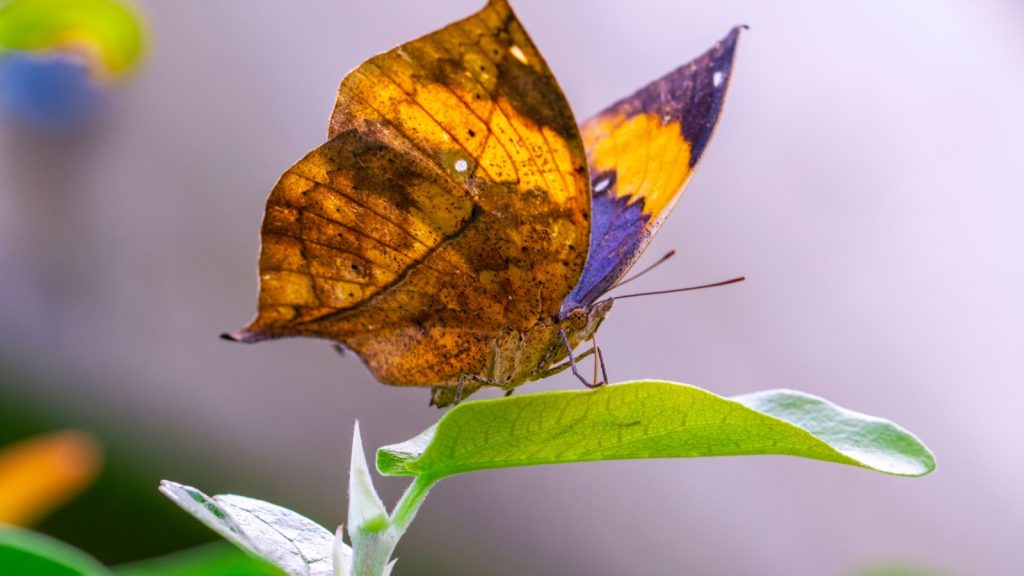
When its wings are closed, the dead leaf butterfly looks exactly like a dry, dead leaf. It even has markings that look like fungus spots and holes. This incredible camouflage allows the butterfly to hide in plain sight from predators, simply by closing its wings and remaining still.

